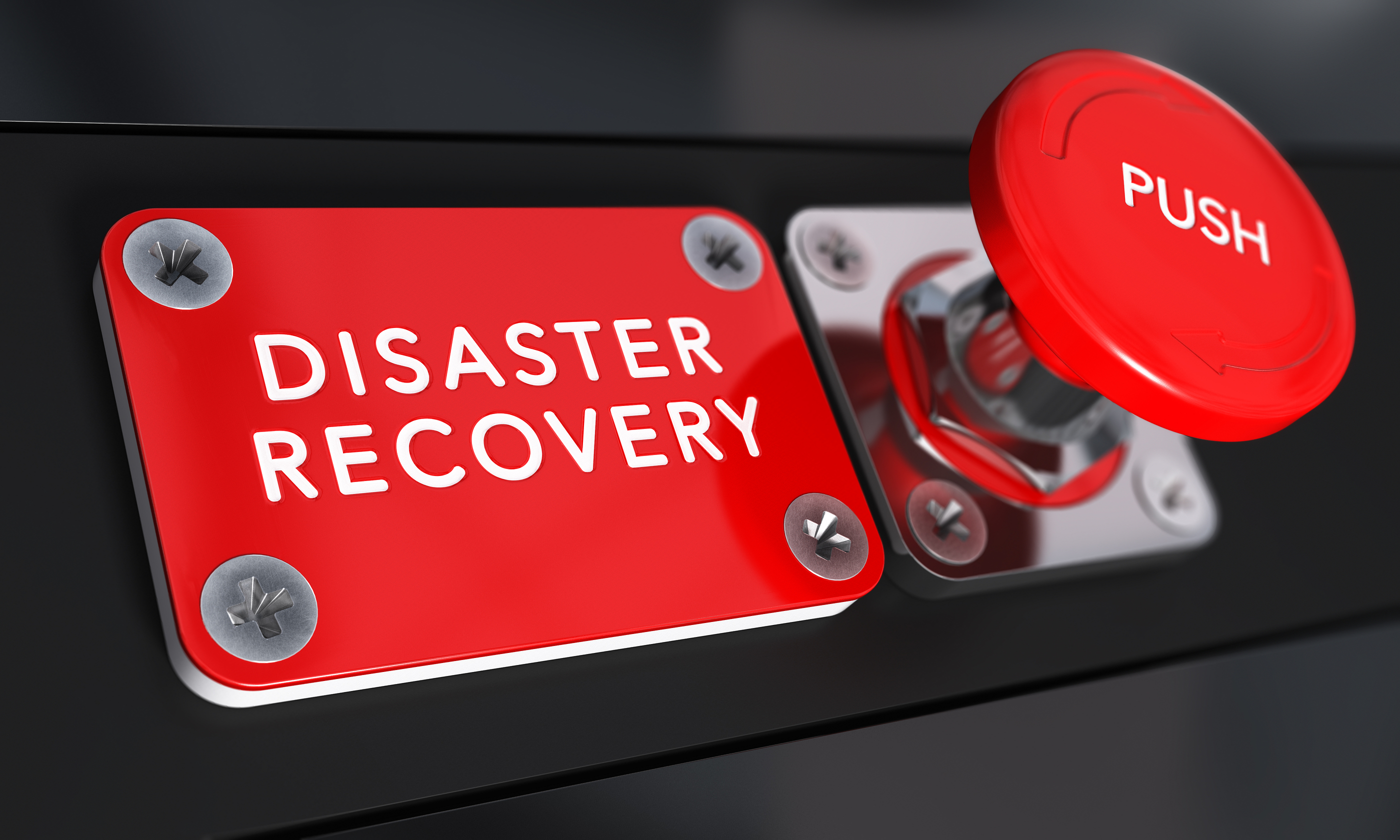Table of Content
It virtually impossible to avoid natural disasters, manmade catastrophes, or cyber threats, when it comes to protection of an organization’s web presence or mission critical digital assets. Companies must acquire resilience to recover rapidly from data loss or system failure to gain an upper hand over such events.
Disaster Recovery solutions can be highly expensive particularly while creating a comprehensive and fail-safe Disaster Recovery plan for an organization. This brings us to explore capabilities of public cloud to boost backup and Disaster recovery solutions.

Exploit on-site resources
It has been observed that local resources can provide the best and the most easily accessible first line of protection to the data as well as systems. This leads us to our second line of defense that is a public cloud. This is because a public cloud can provide vast resources of servers and storage that are flexible and scalable.
Leveraging cloud for long term data archival
The foremost reason for data backup for a long term basis is to cater to organizational requirements or to conform to regulatory obligations. It is obvious that long data backup by using legacy methods of disk based Cloud backups services can be highly expensive. This leads us to explore public cloud capabilities to archive old or sparingly accessed files as a cost effective data archival resource.
Determine business critical systems and their dependencies
Public cloud enables dynamic addition and removal of resources in response to the demands and thus relieves users from capital expenditure. As a second step to explore Disaster Recovery capabilities of public cloud, you need to identify and prioritize data and servers that are critical for performing routine operations and business processes.
This should also include a thorough understanding of various dependencies of systems that are critical to day-to-day operations. These can be middleware and databases. You need to leverage public cloud to secure these systems and their related dependencies.
Thinking beyond conventional backup
It is observed that businesses are so much obsessed with large scale disasters that may lead to loss of entire servers that they overlook simple and routine instances of data loss. This includes routine events of application crashes and subsequent loss of data that may result from file over-writing or an inadvertent deletion of files.
Such loss of data may not be initially understood. This calls for carrying out several point-in-time snapshot or image copies of data. Multiple and incremental backups that are image-based have potential to support or substitute legacy backups facilitating you to establish more recurrent recovery points to enable an easy restoration of data that can relate to a particular time frame.
In addition to this one should not miss use of replication technologies for achieving consistent data protection in cloud as well as locally. It must be noted that replication can never be considered as substitute to data backups. This calls for leveraging high availability applications that can be run by using public cloud to gain capability of automated and push-button security for a plethora of applications as well as systems.
Limitations of hypervisor level backup
Although, virtualization facilitates us to execute backups at the level of hypervisor in relation to Virtual Machines, there are serious limitations to such backups. It will help you achieve a superficial backup that could only be limited to VM hosting level or to the files within that Virtual Machine.
Performing backup by running backup agents within a Virtual Machine’s operating system offers rich services inside the Virtual Machine and a full-fledged restoration experience.
Understanding backup methods to achieve specific goals
Bare metal recovery for restoration of an entire environment can be achieved by system and storage backup that is performed to secure everything related to a particular OS instance. In order to protect certain services such as MS Exchange you will have to restore a single mail or even a particular mailbox.
In the same manner you need have a thorough understanding of the components that need to be restored in order to meet desired objectives. You may have to access a backup agent that is able to clearly understand what services need to be protected.
Securing data in public clouds
Data and cloud security services in public cloud is a major issue and you must explore ways to protect your data on cloud by assessing physical security arrangements of public cloud locations, logical isolation of data belonging to different client organizations pertaining to the same cloud, and data encryption related to storage or data at rest. This also includes assessment of data encryption during data transmission.
Performing recovery right in cloud
It is well established that the entire gamut of data, applications, and systems that belong to your site are properly stored in the form of backups and are flawlessly secured in cloud. This is done with an objective to restore everything in the event of losing your site lock stock and barrel.
You need to understand clearly the available options that will make sure that your site is recovered and restored to be up and running without any hassles. The options are usually examined by running your systems in virtual environments.
Comprehensive data management and backup
Instead of creating too many backup options such as localized backups and cloud based backups, it would be better to explore a single unified solution that may support hybrid architecture to facilitate a unified approach of management.
Identification of vital changes through frequent testing
It pays you to execute periodic testing for establishing that entire assortment of restoration processes is able to perform seamlessly and for checking the validity of the data that is bring protected.
In conclusion
Public cloud is a promising resource for setting up enterprise Disaster Recovery and backup facilities. Whether your primary systems are at your own site or are positioned in cloud, public cloud hosting based disaster recovery solutions can have you covered. Cloud backed Disaster Recovery solutions are not only accessible easily but are also highly cost effective when compared to traditional tape based Disaster Recovery approach.






 Live Chat
Live Chat
